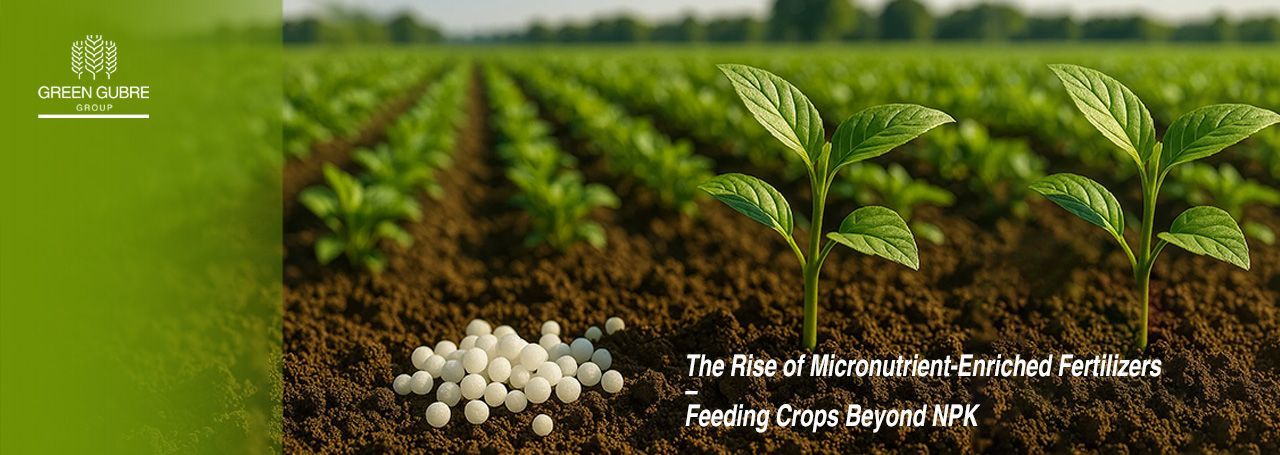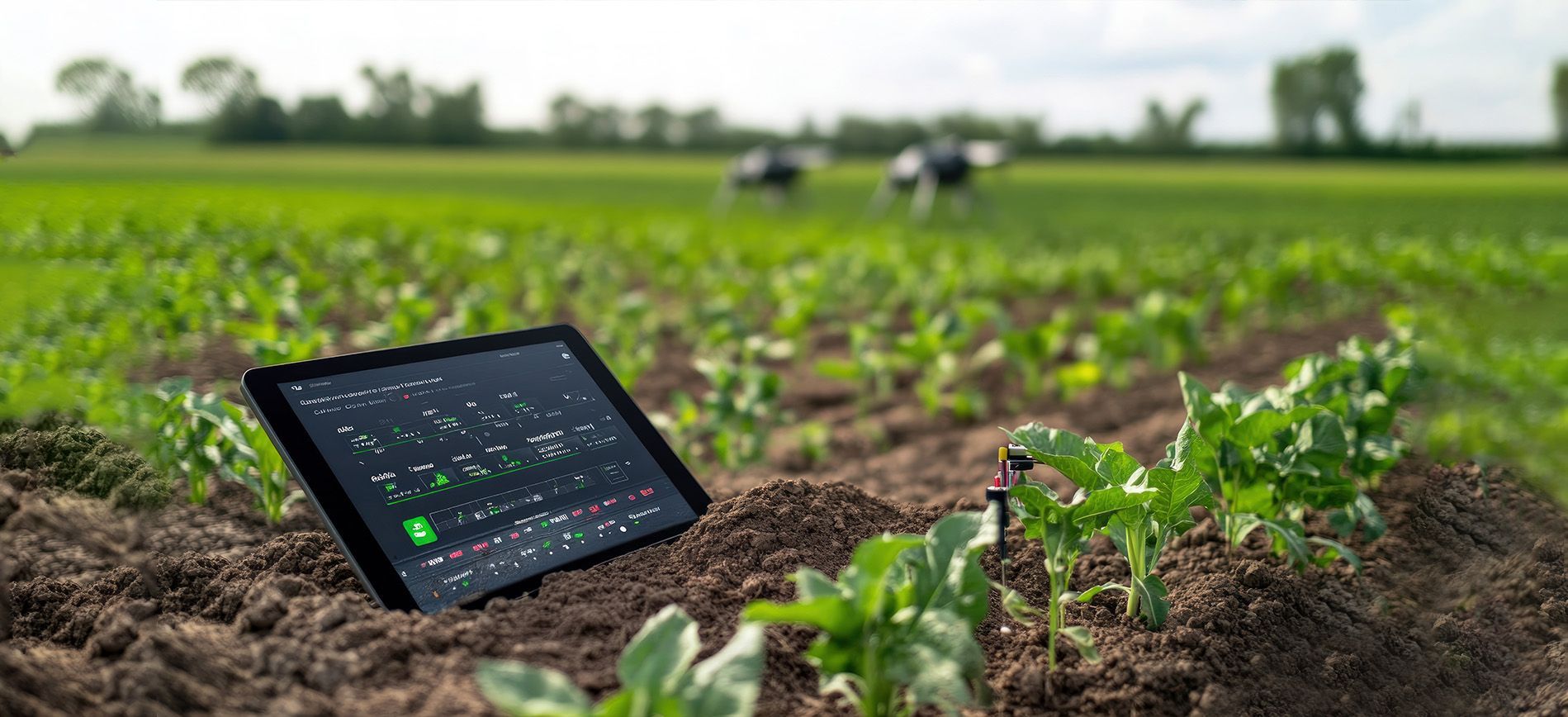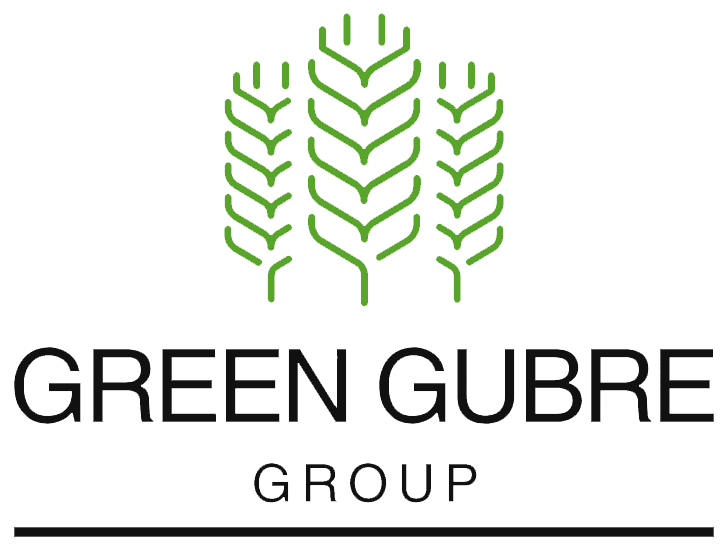The Rise of Micronutrient-Enriched Fertilizers – Feeding Crops Beyond NPK
The Rise of Micronutrient-Enriched Fertilizers – Feeding Crops Beyond NPK
Introduction: The Hidden Hunger in Agriculture
While NPK (nitrogen, phosphorus, potassium) fertilizers have long dominated crop nutrition strategies, a quieter crisis is unfolding in soils across Africa, India, and emerging Asia: micronutrient deficiency. Zinc, boron, magnesium, sulfur, and iron are now recognized as essential for crop yield, food quality, human health, and long-term soil sustainability.
In 2025, the demand for micronutrient-enriched NPK is rising fast as farmers, governments, and fertilizer suppliers seek balanced nutrition solutions tailored to regional soil and crop needs.
1. What Are Micronutrients and Why Do They Matter?
In small quantities, micronutrients are elements required by plants but play a critical role in enzyme function, root development, and reproductive health. Deficiencies lead to:
- Reduced crop resilience to stress
- Lower yield potential
- Poor nutrient uptake from standard NPK fertilizers
Key Micronutrients in Focus:
- Zinc (Zn): Vital for maize, rice, and wheat. Commonly deficient in African and Indian soils.
- Boron (B): Crucial for fruit, cocoa, and sugarcane development.
- Sulfur (S): Required in oilseed crops and legumes.
- Iron (Fe) & Manganese (Mn): Important in pulse and vegetable production.
2. Regional Snapshot: Where Deficiencies Are Driving Demand
| Region | Primary Crops | Key Deficiency | Trending Blends |
|---|---|---|---|
| India | Wheat, rice, sugarcane | Zinc, sulfur | 12-32-16 + Zn, 20-10-10 + S |
| West Africa | Maize, cocoa, cassava | Boron, sulfur | 15-15-15 + B + S |
| East Africa | Coffee, tea, vegetables | Zinc, magnesium | 20-10-10 + Zn, Mg |
| Southeast Asia | Palm oil, fruits, rice | Zinc, manganese | 17-17-17 + Zn, Mn |
These trends are influencing public procurement plans and private sector formulations.
3. Policy and Market Drivers
- Soil Mapping Initiatives: India’s Soil Health Card and Ethiopia’s Soil Fertility Atlas highlight widespread micro-deficiencies.
- Government Subsidies: Ghana, Kenya, and Nigeria have begun to fund zinc- and boron-enriched NPK for staple crops.
- Consumer Awareness: Health-conscious markets push for micronutrient-rich produce, linking soil to human nutrition.
- Sustainable Farming Push: Balanced nutrition improves fertilizer efficiency, reducing runoff and improving soil biology.
4. What Fertilizer Suppliers Must Do
To stay competitive in 2025, granular urea and NPK exporters must:
- Offer custom NPK blends with regional micronutrient enrichment.
- Partner with local blenders in Africa and Asia for flexible formulation.
- Provide education on visual deficiency symptoms and application timing.
- Develop small-pack formats with enriched mixes for smallholder use.
Example: A 10kg NPK 15-15-15 + B + Zn pack with illustrated usage instructions, delivered through agro-dealer networks in rural Kenya, can outperform a generic 50kg bag in terms of ROI and farmer adoption.
5. Logistics and Product Stability
Micronutrient-enhanced fertilizers must also:
- Be stored in moisture-controlled packaging to prevent caking.
- Have uniform granulation or coating to ensure even field distribution.
- Include
QR code-based advisory systems for digital extension services.
Suppliers can gain market share by offering complete solutions, not just products.
Conclusion: Micronutrients Are the Future of Fertilizer Value
As farming shifts from volume to value, micronutrient-enriched fertilizers emerge as the next wave of innovation. They bridge the gap between higher productivity and nutritional security, especially in vulnerable African and Asian regions. For global suppliers, aligning with this trend is not just good science—it’s a smart strategy.





